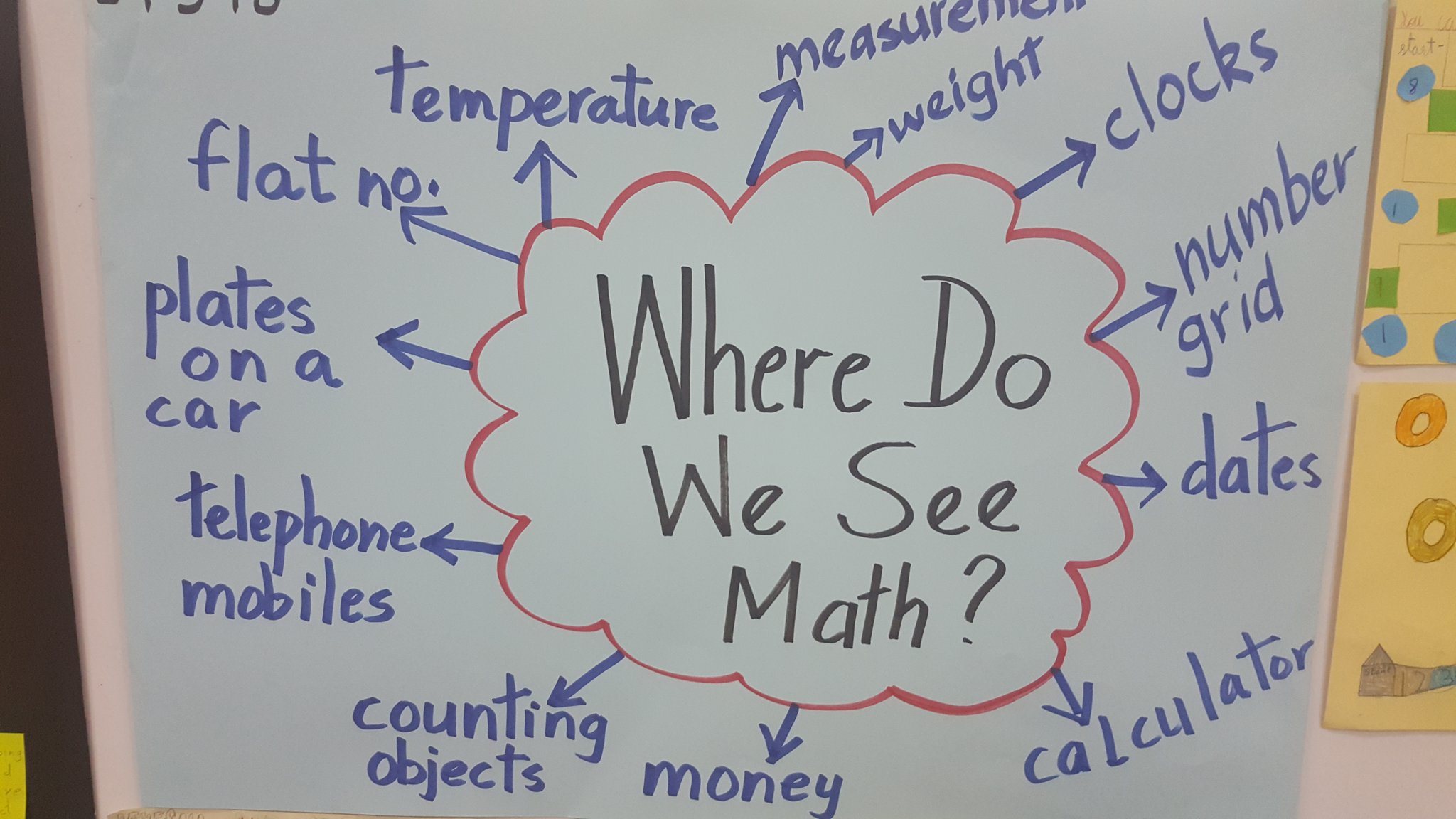Introduction
Mathematics is a critical part of life; not only do we interact with numbers every day when we plan our expenses, keep score in games and sports, or follow a diet; many concepts, from the most advanced topics of science to music and cooking, can be expressed through math. Because of this, teaching math early creates a foundation on which children will be able to build new skills as they grow, learn and develop (Baroody, et al., 2019). This project is aimed at fostering an understanding of how math applies to day-to-day life and an appreciation for how it can help understand other subjects. In particular, it creates an opportunity to practice multiplication and division skills (Learning standard CCSS.MATH.CONTENT.3.OA.C.7)

There are many situations in one’s daily life, professional skills, and hobbies where math, particularly multiplication and division, are important. By collecting these examples, put in a real life context, we expect to both help children develop an interest in various areas of life, as well as encourage them to see mathematics in the world around them. As you collect these examples, you will not only contribute to your child’s development, but also create educational and inspirational material that can be shared with other children. A narrative, or story, describing how mathematics help or is necessary in a particular job, hobby, or life situation, is more engaging than a series of abstract equations.
Directions for Parents
To achieve this goal, we urge parents to include mathematical principles and expressions to represent concepts and things with which children can interact. For example, a person’s age can be represented as “four times as old as Joey,” representing a multiplication problem. For children interested in music, concepts such as notation or tempo can be represented as mathematical expressions. Finally, common real-world applications of multiplication and division, such as determining prices, also make good examples. We encourage you to work with their skills and their children’s interests to create examples and narratives that are both realistic and interesting.

When creating a narrative, or story, there is no need to embellish any details or alter the facts. However, since these stories are aimed at children, please involve yours into the project. Sometimes, children are their own best teachers, and they can help guide your narrative to things they find interesting. Encourage them to take part in the process and work together to create stories that will be attractive to other children. Allow them to tell it in their words, draw illustrations, or ask questions to guide the narrative. These questions can also inspire interest in these subjects in other students.
Explanation
The aims of this project are not limited to introducing and reinforcing math concepts in students. It also aims help develop general mathematical thinking by attaching mathematical tasks to everyday activities, professional skills and hobbies. This approach turns math from an intimidating abstract academic activity into an approachable subject one uses in their daily life. Furthermore, by highlighting the math in many real-world applications, we aim to help children learn to apply it in their lives outside of academic settings, thus feeding into a holistic approach to early education (Hyson & Douglass, 2019). This approach provides a strong foundation on which the child will be able to develop academic and life skills as they grow and learn.
Resources
The Understood Team. “9 ‘new math’ problems and methods.” Understood. 2023. Web.
Different children approach math problems such as multiplication and division differently. Illustrative methods are helpful in teaching strategies to solve such problems and building students’ confidence in their emerging math skills.
Krech, Bob. “50 Fun Hands-On Activities and Games To Teach Multiplication.” We Are Teachers. 2023. Web.
You can take different approaches to teaching multiplication. Games and learning toys can be created from regular household items.at
References
Baroody, A. J., Clements, D. H., & Sarama, J. (2019). Teaching and Learning Mathematics in Early Childhood Programs. In C. P. Brown, et al. (Eds.), The Wiley Handbook of Early Childhood Care and Education (pp. 329-355). John Wiley & Sons.
Hyson, M. & Douglass, A. L. (2019). More than academics: Supporting the whole child. In C. P. Brown, et al. (Eds.), The Wiley Handbook of Early Childhood Care and Education (pp. 279-300). John Wiley & Sons.